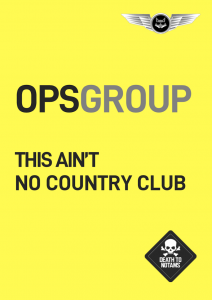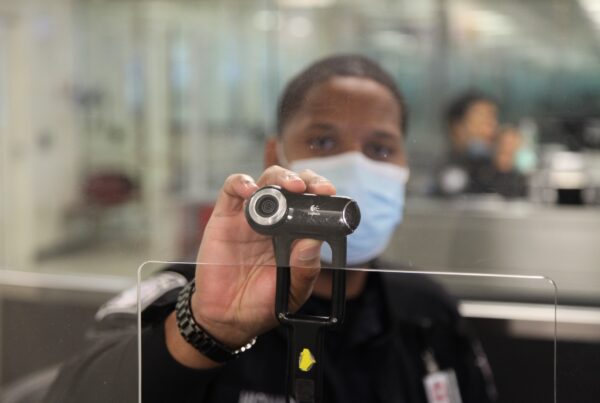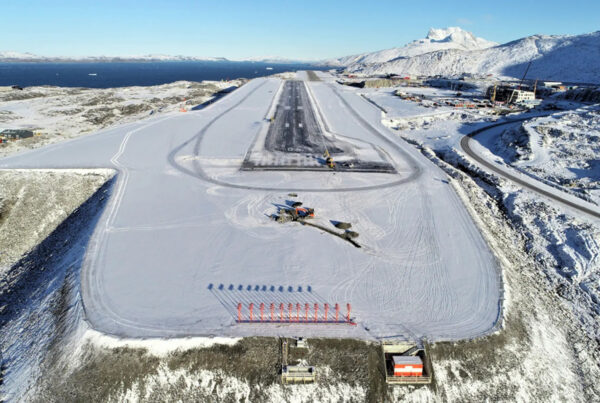April 10 marks an important date for operations in South Africa — it was the original deadline for the expiry of extensions granted to a large number of instrument procedures in urgent need of re-validation.
Then just yesterday, news broke that the South African Aviation Authority (SACAA) has re-approved procedures at major airports FACT/Cape Town, FAOR/Johannesburg, FALE/Durban and FAPE/Port Elizabeth.
Others weren’t so lucky – IFR procedures at FABL/Bloemfontein, FARB/Richards Bay and FAUP/Upington will remain restricted until further notice.
The issue appears to be both a safety concern and a politically sensitive matter — the country currently faces what is being described as a looming ‘air navigation crisis.’
The Transport Minister is under growing pressure to provide answers, a process that has already led to the suspension of the CEO of Air Traffic and Navigation Services (ATNS). It’s clear that all is not well within the ranks.

The CEO of ATNS has been placed on precautionary suspension.
So what exactly is going on there, and why do these procedures need revalidation anyway?
Unapproachable Approaches
Three months ago an investigation was launched into why the revalidation of over three hundred instrument procedures had lapsed leading to delays, and unnecessary headaches for pilots and flight planners.
The primary cause was identified as a critical staffing shortage.
IFR procedures aren’t just set-and-forget. Dig into the ICAO SARPs (more specifically Docs 9906 and 8168) and you’ll see that instrument flight procedures should be periodically revalidated (usually every 3 – 5 years) to make sure they remain safe and operationally relevant.
They must remain adequately clear of obstacles for instance, especially when terrain or construction has changed since a procedure was designed.
They must also comply with updated ICAO PANS-OPS or local regulations and keep up with changes to navigational standards (such as PBN). Not to mention, the charts themselves must remain correct and accurate.
It is a skill in demand, and there are comparatively few aircraft and crew in South Africa certified for this work – so much so that accusations have emerged of ‘poaching’ of staff between competing service providers.
In the case of South Africa, procedures due for revalidation are being pushed back months, especially at smaller lower priority fields. The result is a major backlog of unvalidated procedures.
It just isn’t a simple process.
Revalidations are a complicated business requiring both desk-based assessments and flight validation by specially calibrated check aircraft.
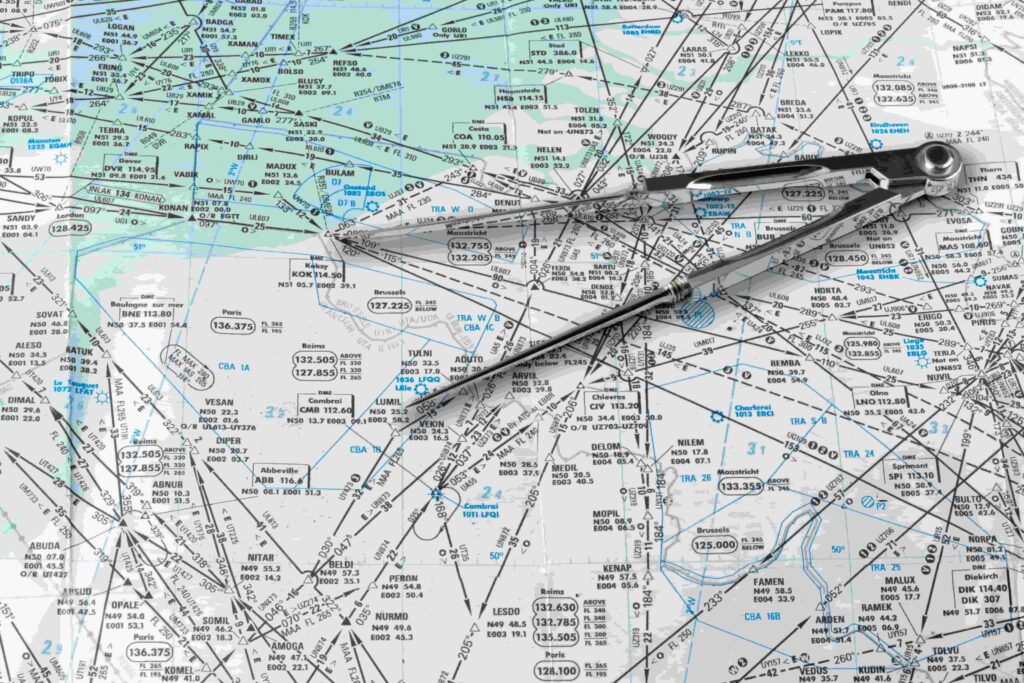
IFR procedural design is a complicated business.
Aside from shooting an approach for instance, a full procedural design check is required by qualified designers which includes an analysis of updated obstacle and terrain data along with a cross check against changes in airspace structure and traffic flows.
‘Accelerated’ efforts are now underway to urgently recruit and train a bunch more of them, but this takes time.
Who is liable to pay for it?
While costs are circumstantial to the complexity of each procedure, it is not unreasonable to see bills for revalidations (including design, consultation and flight testing) to exceed $40,000 USD each.
In the case of smaller or regional airports this can fall on airport authorities or operators. At larger airports it is hard to know which entity is responsible for footing the bill.
A lack of consensus leads to delays, and the withdrawal of procedures.
What is the operational impact?
In a nutshell, pilots can show up expecting IFR access only to find that procedures are ‘not available until further notice.’
ATC can’t (and won’t) clear you for an IFR procedure that isn’t validated – even if it’s charted and in your nav database.
 Ultimately, the onus will continue to fall upon operators to search for IFR alternates to keep their flight plan legal.
Ultimately, the onus will continue to fall upon operators to search for IFR alternates to keep their flight plan legal.
And if you’re unfamiliar with flight planning in South Africa, this can be a challenge. South Africa’s Daily Airspace Plan can provide some guidance on airports where procedures have been suspended – but it is important to consider the Notams carefully.
Look out at smaller airports.
It seems clear that there is no immediate fix to South Africa’s Air Navigation crisis.
News this week is consistent with plans to prioritise procedures at larger airports first – which will continue to be to the detriment of smaller ones. Therefore operators to South Africa’s regional airports will likely be grappling with this issue for some time yet.
Work continues between ATNS, SACAA and the Department of Transport on how best to future-proof the currency of South Africa’s IFR infrastructure. But at time of writing, a conclusive answer has yet to emerge.
More on the topic:
- More: South Africa Permits: Still a Mess
- More: South Africa’s Unapproachable Approaches
- More: ATC radio outage in Johannesburg Oceanic
- More: Is Aviation in South Africa Going South?
- More: International Bulletin: Sharm El Sheikh reopens, New ICAO Phraseologies 10NOV
More reading:
- Latest: More face scans at the US border for BizAv flights
- Latest: Greenland NAT Alternates: Dec 2025 Update
- Latest: Mexico Customs Surprises: Pills, Vapes, and Laptop Rules
- Safe Airspace: Risk Database
- Weekly Ops Bulletin: Subscribe
- Membership plans: Why join OPSGROUP?



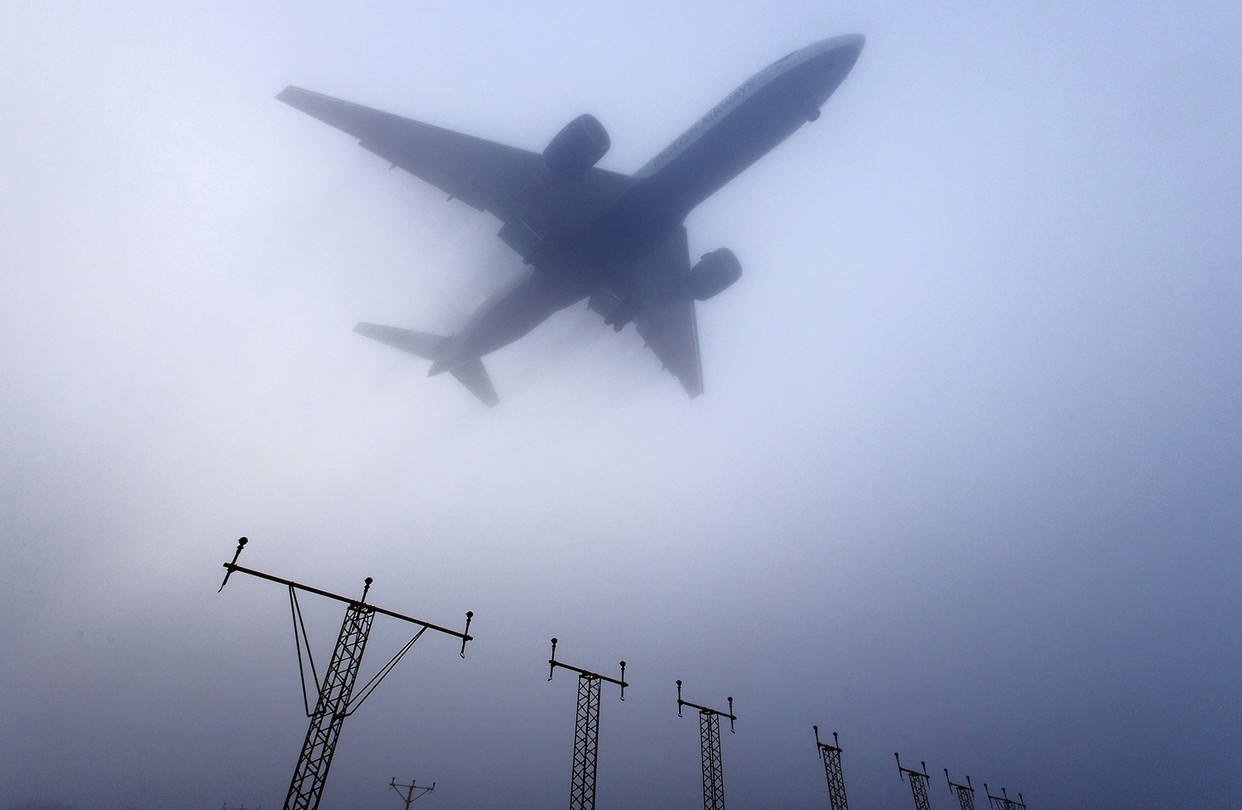


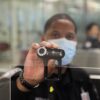





 Get the famous weekly
Get the famous weekly 